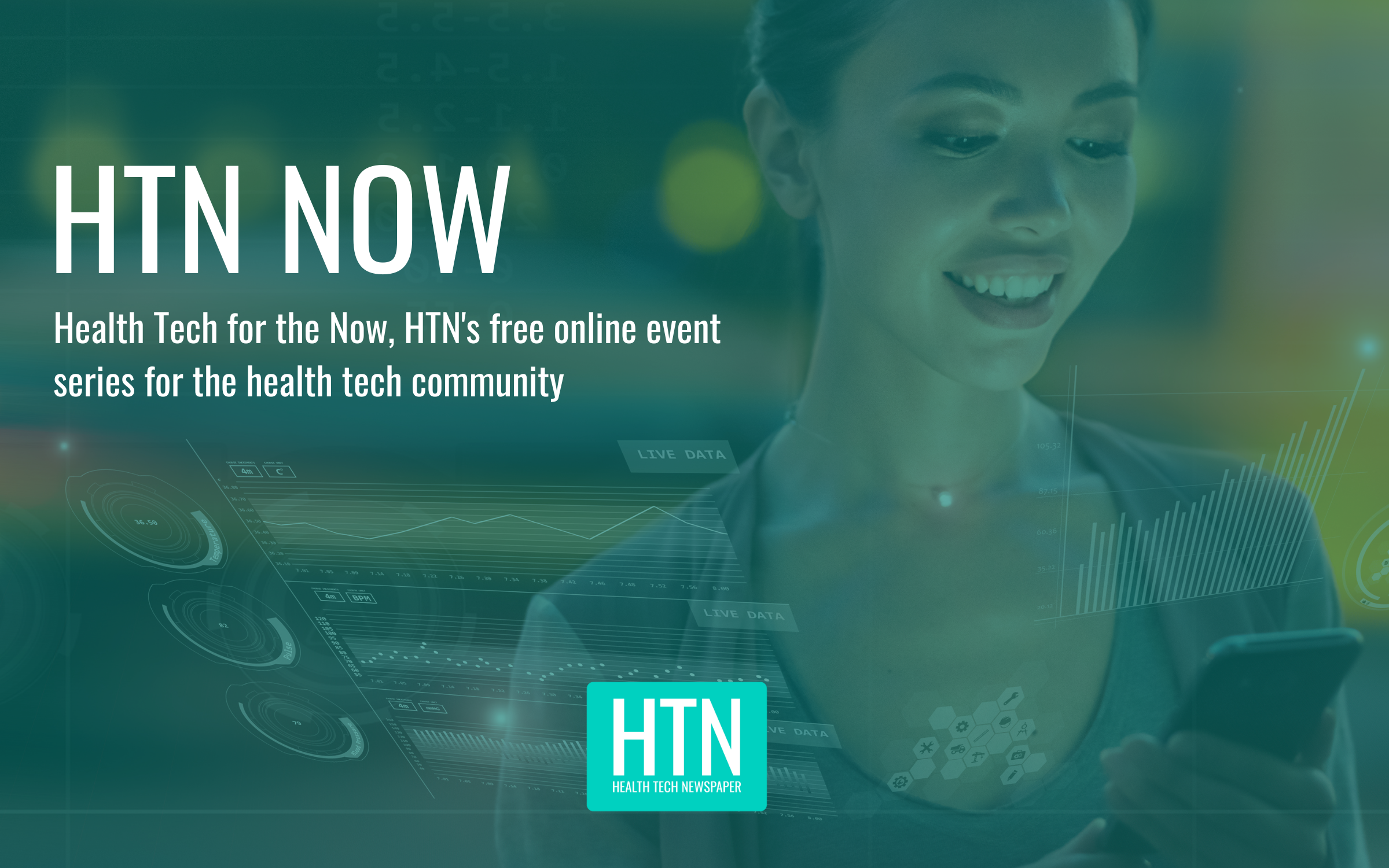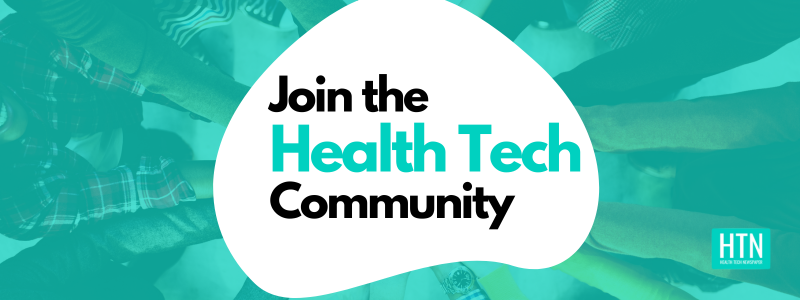The roll-out of the NHS’s 42 integrated care systems (ICSs) across England has placed a renewed focus on localised and joined-up care, with plans to introduce a statutory footing in 2022.
There’s also been plenty of dialogue about how digital innovations and technologies can support ICSs with wider aims around collaboration, greater integration across all health services, and a reduction in health inequalities.
After a year in which digital tech enabled healthcare providers to work remotely and keep delivering vital services to patients across the course of the COVID-19 pandemic, ICSs can reap the rewards of the healthcare innovations that have been trialled during this period, to move forward.
In this feature, we’ll take a closer look at how change management technology can help to transform and support ICSs, and drive adoption through planning, strategy, communications and the construction of smart workplaces.
Change management is increasingly being driven by smart tools that can sit within an organisation’s structure, and act as an aid to help transform its people and their processes. This fits well with integrated care systems, which are themselves intended to propel a huge shift in terms of healthcare focus and approach.
For our expert comment in this piece, we spoke to Gupinder Syan, Healthcare Sector Lead at Hable, who is also a trained NHS pharmacist and prescriber – she offers the dual perspective of being a past adopter of solutions and someone who supports others to implement them. She also has previous experience of working in both primary and secondary care.
Gupinder currently helps NHS organisations across the UK with adoption of technologies and change management methodologies, specifically with Microsoft 365 and Teams. Use of the latter has rocketed within the NHS during the pandemic, becoming a key platform for staying connected.
“The pandemic sparked a massive transformation in IT in general. That’s actually how the sector was born at Hable – we ended up having several contracts with NHS organisations and decided that we needed somebody to help head that up,” she said.
Gupinder is currently working closely with ICSs across England, which are becoming a strong focus for Hable alongside other large healthcare organisations in the UK, such as NHS Scotland and NHS Wales.
Gupinder explained that for one ICS project, it is progressing in two phases. “The first phase is concentrating on just their CCG staff members within the ICS; the second phase is going to be working across primary care – so that’s including all 104 GP practices,” she said.
“After that, they’re looking at us supporting them with the wider ICS organisations as well – offering our services to other organisations such as local councils, social care organisations, community services and charities etc – it’s the start of a larger piece of work.”
“The ICSs that we are working with are really forward thinking, there aren’t a lot of organisations that invest in adoption and change management – so the ones that we are engaging with are innovative in wanting to change the mindset of their people. They talk a lot about changing hearts and minds, they’re really fully engaged, and I think that is key – we need advocacy from exec level to be able to implement a change across an organisation,” Gupinder said.
Technology as an enabler
A common barrier to change is the human element, rather than the technology.
“It’s all about how technology can be an enabler to help people to work in new, more productive, and more efficient ways,” adds Gupinder, “but in order do that, you need to change the way that people think and the way they work. That’s the challenge.”
“As an organisation we’re Prosci Certified Change Practitioners. And, because I’m a clinician I understand deeply how frontline staff and clinicians work – the engagement with technology, what the pain points are in terms of how busy we are in our working days.”
“There are real opportunities and it’s just finding those little nuggets of information by talking to people and finding out how they are working, then coming up with a future state of working to improve it and increase the efficiencies – to save time and costs,” she said.
As part of their engagement with the ICS and some CCGs, Gupinder undertook ‘discovery work’ to understand the attitudes, ways of working and pain points, before setting goals and learning plans.
This meant taking the different types of roles and personas into account, whether that’s fixed office staff, flexible staff, frontline workers, or field workers who are on the move.
Focusing on roles, as well as how people were using the tech, meant that Gupinder could better understand the challenges they were facing.
In one CCG case study, Gupinder identified four key challenges that CCG workers faced:
- People’s workload being led by their emails and the heavy workload associated with this,
- People not being aware about the best ways to communicate and collaborate using O365 tools,
- People using the tools inconsistently and in different ways, with this sporadic use of communication leading to issues like back-to-back meetings and a backlog of task lists.
“People weren’t able to get the work done, as they’re just being absorbed by their emails and meetings. Everything becomes urgent and you get that inability to prioritise tasks. All that leads to is an issue with wellbeing, people working until late at night when they weren’t before,” she said.
Gupinder and Hable used this to pinpoint how to solve or improve the issues – by driving staff away from email and pushing collaboration and communication over to Microsoft Teams. They also showed staff how they could create tasks from emails by using To Do and Planner to prioritise them.
“In terms of digital wellbeing,” she said, “it’s just making people aware of the features that are available on the platform. So that they know they should turn off their notifications when not working and understand how to manage their meetings and workload better. Meeting management, task management and email management; that’s what we had identified as the key areas where we could help them.”
On working in smarter ways, Gupinder elaborated, “time saved, and money saved – they’re the two biggest drivers in healthcare. If you’ve achieved that then you’ve achieved success. To do that you need to work smarter, using technology as an enabler.”
Monitoring she added, would be achieved by looking at the Office 365 dashboard tool usage figures, behavioural change and “just seeing the impact that that has on people’s working lives – on their wellbeing, productivity, and ultimately on patient care.
“If you’re doing all of those things right, you’ll be saving time and costs for the NHS, and enabling your frontline clinicians to have less administrative work to do, freeing them up to be able to see more patients and improve the quality of care that you can give.”
Identifying needs
Delving further into how change management can support needs, Gupinder explained how two-week “floor-walking” stints – when workplace coaches and consultants embed into an office to support staff and log and address issues – helps every individual within an organisation to understand functionality and think about new ways of working with the technology.
Champions are also onboarded and recruited to advocate the change – these are trained on theme-based courses, such as how to lead virtual teams, how to collaborate on Teams, how to be champions of change, and how to support integrated care, all of which utilise Office 365.
“The plan,” Gupinder says, “is once we’ve trained them up, they can train their peers. Champions can have a huge impact on the digital transformation of an organisation, and this is underutilised in the NHS.”
In primary care, the biggest challenges are the vast number of users across multiple organisations, as well as the need to better communicate with other healthcare and social care organisations to provide seamless patient care. Hable focuses on phased roll-outs, instead, to account for greater capacity.
One area that they have identified, which could also be applicable for ICSs, is helping them with smart and effective MDTs – Multi-Disciplinary Team Meetings.
Due to COVID-19, these have typically moved to virtual settings, so the focus is on assisting organisations to do this effectively, by using Teams to reduce travel time and venue costs, and also to free up clinician time spent attending meetings that once upon a time could take up half a day to attend, hence allowing more patients to be seen.
Letting the outside in
In terms of ICSs and communicating and collaborating with external organisations, Gupinder says: “At the moment, we’re still finding that ICSs need to digitally mature further to enable two-way communication. At the moment there are a lot of barriers, in terms of outside organisations getting access to NHS tenancies. That’s something that needs to be resolved so that we can help train people up better. There’s so much opportunity with cloud-based technology to be able to do that a lot better.”
Planning for those barriers before undertaking transformation, she highlights, is crucial: “We also do governance workshops to help people understand the N365 tenancies, the restrictions, how they should get the security right – it’s helping them to create robust policies that protect the organisation and enable effective communication. As much as you need the security there, it can sometimes be a barrier, so it’s about getting that balance right.”
Gupinder concluded with some tips for those early in their ICS journey. “My advice is to recognise the importance of change management when trying to adopt new technologies. Don’t view it as secondary, embed it from the start. If you don’t, you’re chasing your tail. To create a successful change across an organisation you need good change management, good project management and good exec sponsorship – those three elements are critical.”
To find out more about Hable’s NHS case studies, visit hable.co.uk/healthcare.
For more expert comment and features on support for ICSs, visit HTN’s new dedicated channel.





